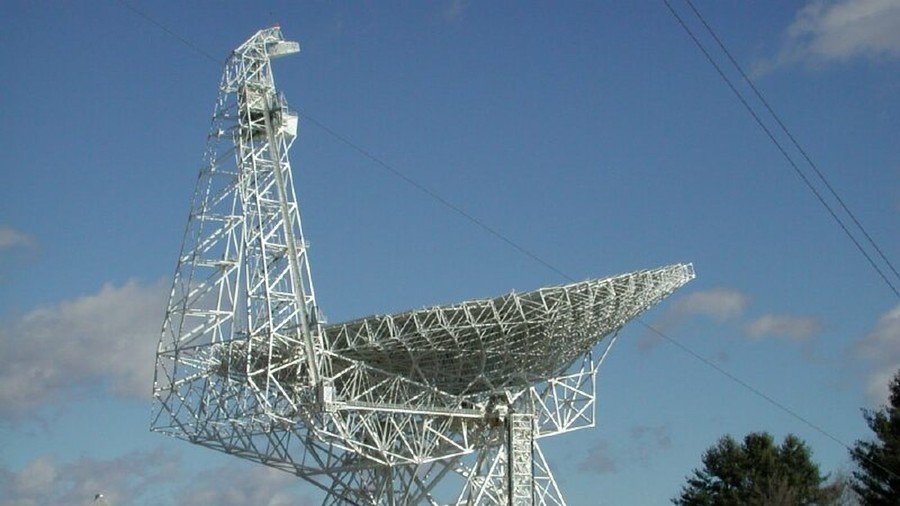AI detects ‘mysterious repeating’ signals from ‘alien galaxy’ 3 billion light years away

Researchers at Breakthrough Listen, a project involved in the search for extraterrestrial intelligence (SETI), have used AI to study signals from distant galaxies and found that we may have missed a lot in the hunt for alien life.
The team, led by UC Berkeley doctoral student Gerry Zhang, examined a phenomena known as Fast Radio Bursts or FRBs. These are signals from galaxies billions of light years away from Earth. FRBs last mere milliseconds and are extremely difficult to detect given the vast distances and huge areas involved.
The research is based on an unknown object called a “repeater” that is producing these FRBs, that is affectionately known as ‘FRB 121102,’ and is the only known FRB to have emitted multiple bursts.
“FRBs from 121102 originate in a dwarf galaxy 3 billion light years from Earth, but the nature of the object emitting them is unknown. There are many theories, including that they could be the signatures of technology developed by extraterrestrial intelligent life,” the press release said.
Alien, military experiment, or simple reflection? Strange object spotted over NChttps://t.co/CvQqqE5t4apic.twitter.com/0YqLfZ4xts
— RT (@RT_com) September 4, 2018
The results of the team’s research were published in the Astrophysical Journal on Monday.
The Breakthrough Listen team observed 121102 for a total of five hours at the Green Bank Telescope, collecting 400 terabytes of data in the process. Having examined the raw data, the team were initially able to pinpoint a total of 21 FRBs, all of which took place within a one-hour period, indicating that the object, whatever it is, varies between extreme calm and extreme activity.
Zhang and his team, using neural networks, developed advanced machine learning algorithms to further examine the data and have found an additional 72 bursts which were previously undetected.
“These results hint that there could be vast numbers of additional signals that our current algorithms are missing,” said SETI Institute President and CEO Bill Diamond. “Applying these techniques in the search for evidence of extraterrestrial technologies, or technosignatures, is incredibly compelling, together with addressing the tantalizing phenomena of FRBs” he continued
READ MORE:NASA astronaut asked ground control what the ‘alien-like’ object was that he saw in space
Theories about the origins of FRBs range from waves travelling through magnetised nebulae or past supermassive black holes, to mysterious dark matter or even alien technologies.
However, before extraterrestrial xenophiles get too excited about first contact with an alien species, the team were quick to point out they have not detected any discernible pattern to the signal… yet.
“This work is only the beginning of using these powerful methods to find radio transients,” Zhang said. “We hope our success may inspire other serious endeavors in applying machine learning to radio astronomy,” he added.
Like this story? Share it with a friend!













